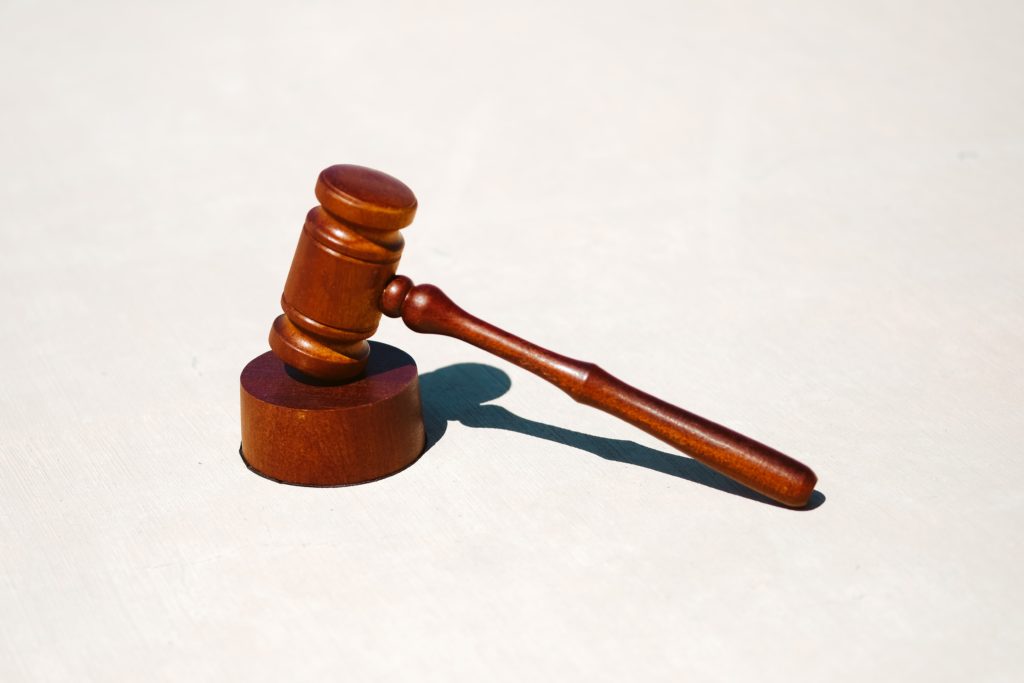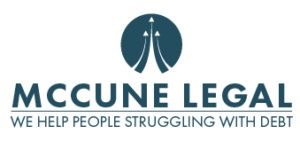According to the available stats, more than 1.5 million people are filing for bankruptcy every year. So, if anything, this proves those filing for bankruptcy are far from being alone. Bankruptcy is a realistic and resourceful option for those who are struggling financially. Before you can determine what bankruptcy option is the right option for you, it’s important to understand it.
The Definition And Purpose Of Bankruptcy
Bankruptcy is a legal process where individuals, families, and businesses, typically called debtors, can seek to gain some relief from the various debts they owe to creditors through various bankruptcy options. The main goal of our bankruptcy system is to provide relief to debtors in the form of a fresh start or a second chance.
Another goal of the bankruptcy system is to provide an orderly payout to creditors. Prior to having an organized bankruptcy system, creditors would be paid out on a first-come, first-served basis. When a person or business was in financial duress, the creditors would race to the courthouse in an attempt to be paid first, which resulted in chaos.
In most consumer bankruptcy cases, which is by far the highest percentage of cases filed versus business cases, it really is the chance to gain a fresh start that’s the focus of the case. This is because there typically isn’t much of a payout, if any, to creditors.
Our modern law on bankruptcy really started in 1978 and created what we now refer to as the “Bankruptcy Code.” The Bankruptcy Code has been amended several times with the most recent overhaul taking place in 2005 and that’s the code by which we operate today.
Breaking Down The Bankruptcy Code
The Bankruptcy Code is broken down into several different chapters. Technically, there are six different types of bankruptcy options one might file: Chapters 7, 9, 11, 12, 13, and 15. Practically speaking, most cases are going to fall into one of three categories: Chapter 7, Chapter 11, or Chapter 13. And for consumers, there are typically only two chapters to choose from Chapter 7 or Chapter 13.
Key Players Within The Bankruptcy System

The bankruptcy system involves many people and moving parts in order to run smoothly. Here are some of the important players you will likely encounter when filing for bankruptcy.
The Bankruptcy Court – A federal court which is a part of the United States District Court for each jurisdiction.
Federal Bankruptcy Judges – Highly specialized judges who focus primarily on overseeing bankruptcy cases.
The Clerk – Assists the judge during court proceedings and reviews orders.
The Debtors – Typically the individual, family or business that is seeking some form of relief from their debts.
The Creditors – Entities that own the debt which the debtors owe i.e. banks, mortgage companies, lenders, medical providers, taxing authorities, etc.
The Bankruptcy Estate – All the property, interests, and assets that can be administered by the court in a bankruptcy case.
The Bankruptcy Trustee – Whose primary job is to administer the assets of the Bankruptcy Estate, which means to see if there are any assets or interests that can be liquidated or converted to cash as an equitable payout to creditors.
The United States Trustee – Whose main responsibility is to oversee the administration of the entire bankruptcy system. The US Trustee appoints bankruptcy trustees, conducts meetings of creditors, and tries to ensure a fair and smooth process for those involved in the bankruptcy system.
What Comes After Bankruptcy 101?
As you can see, there’s A LOT going on within the US Bankruptcy system. The decision, along with the process, can seem overwhelming. That’s why it’s so important to have the right bankruptcy attorney on your side. McCune Legal has the experience and compassion to help make this process as smooth and painless as possible.
It’s time to let the stress go and explore your bankruptcy options to begin a new chapter in your life. Start the conversation today.

